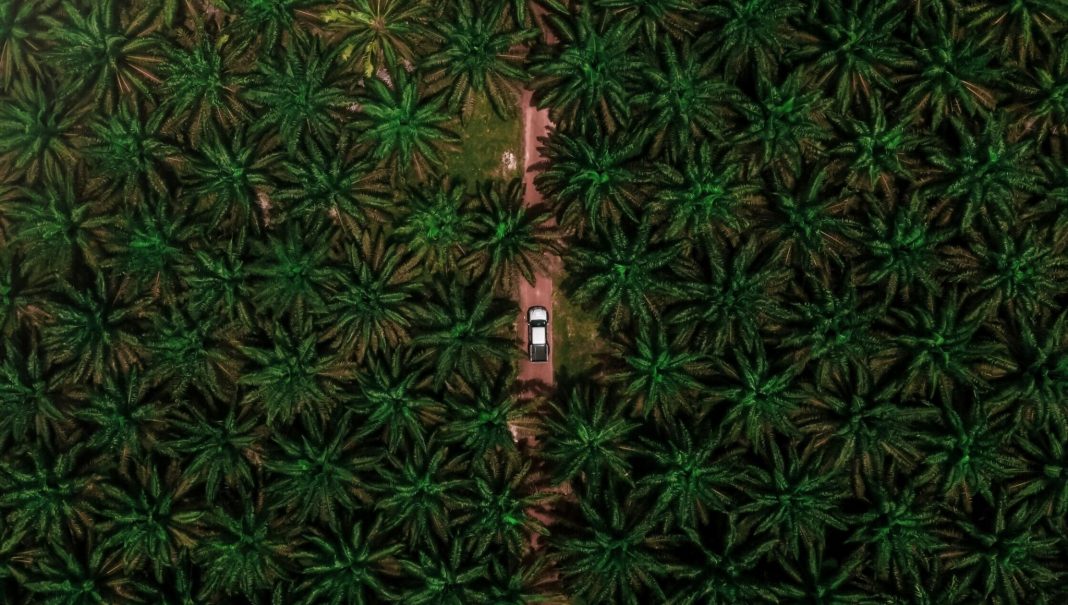The EU and South East Asia share a set of particularly relevant connec- tions: remarkable trade (flowing in both directions) and significant diplo- matic relations above all, as well as a series of initiatives and policy collab- orations aimed at delineating common paths towards addressing global topics – the ecological transition and security issues in particular. Such con- nections have been growing and evol- ving especially in recent years, also thanks to efforts by the von der Leyen Commission, and they are expected to continue doing so in the near future.As legal trade has grown and consoli- dated between the two regions, how- ever, such has also been the case for illegal trafficking and activities, par- ticularly those that affect the environ- ment: the export of agricultural prod- ucts towards the EU, such as palm oil, has heavily contributed to illegal defor- estation across South East Asia in the past two to three decades, while wild- life trafficking has steadily grown in both directions for at least the past ten years. Following the Chinese ban on waste imports in 2018, a new wave of illegal waste shipments coming from Europe (and to some extent other re- gions) has hit South East Asia, quickly turning the issue into one of the key environmental problems now affecting the two regions.
Authors: Lorenzo Colantoni Senior Fellow; Alessio Sangiorgio, Junior Researcher, Istituto Affari Internazionali.
This article is available on the Istituto Affari Internazionali webiste.



